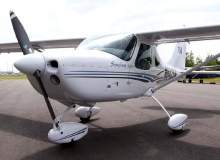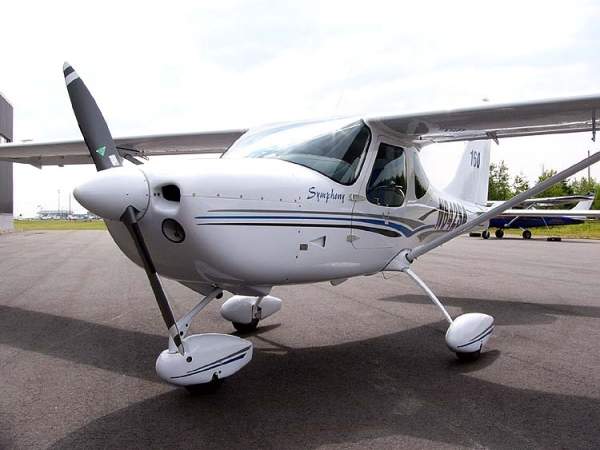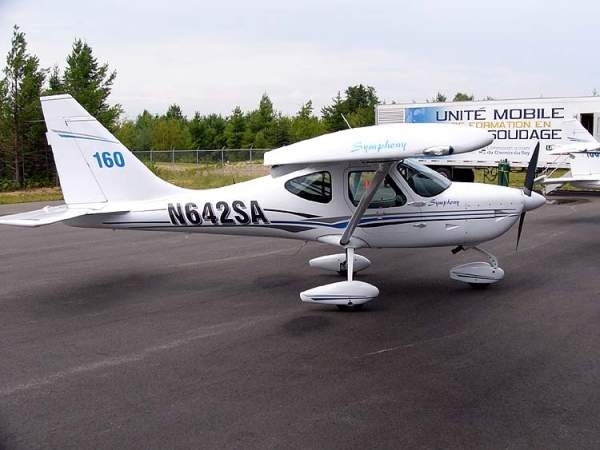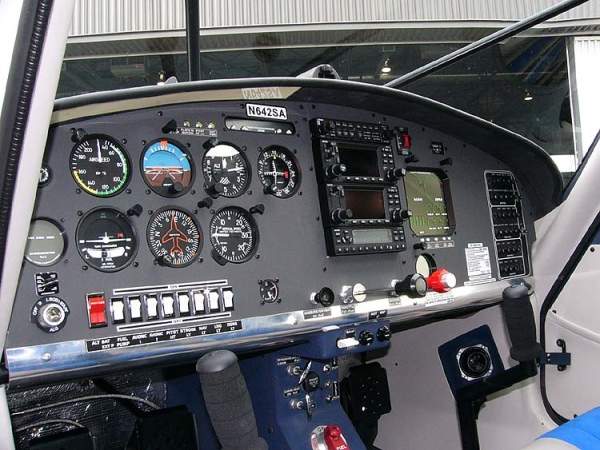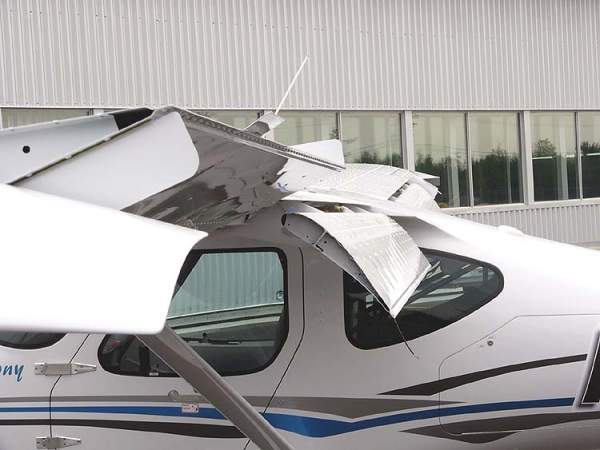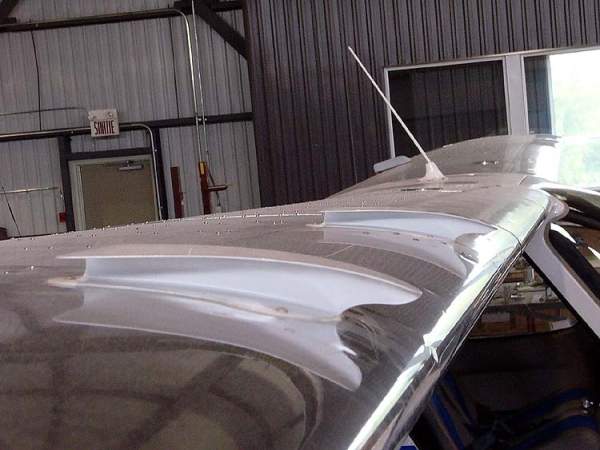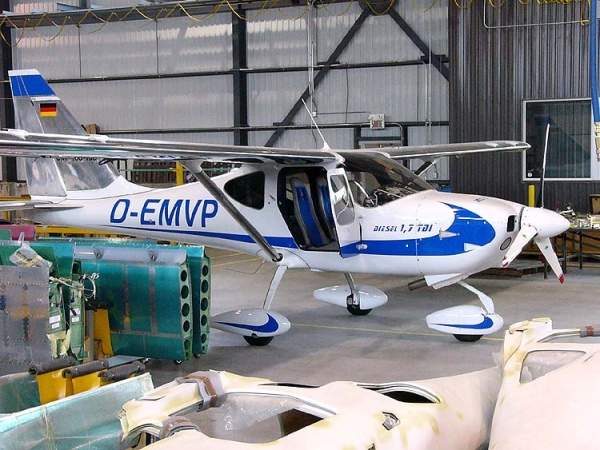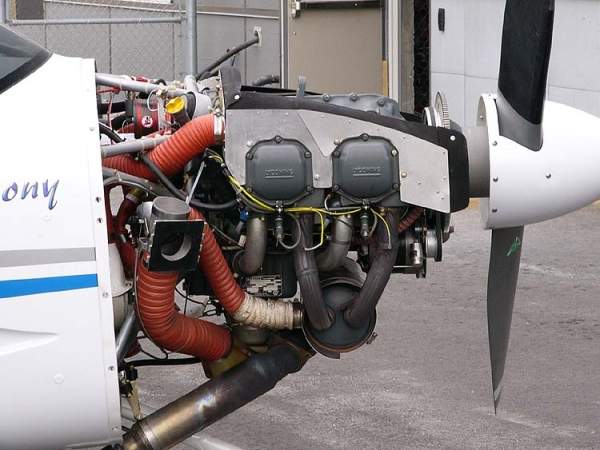The SA-160 is a single engine light sport aircraft designed and built in Quebec, Canada. It is two-seater high wing aircraft derived from its forerunner Stoddard-Hamilton Glastar. The aircraft is used for recreational flying, pilot training and light utility.
Production of the Symphony SA-160
OMF Canada rebuilt Glastar between 1998 and 2000 and named it OMF-100-160 Symphony. The production of OMF-100-160 Symphony began in 2001. It was later renamed as the SA-160 aircraft. The production was, however, terminated in December 2003. A total of 40 aircraft were built by that time.
SAI acquired the licensing rights of the SA-160 from OMF Canada and resumed the production in 2005. The SA-160 was first delivered in May 2005. Production was discontinued in June 2006 due to Symphony’s bankruptcy.
Despite bankruptcy, Symphony is planning to build an amphibious floatplane version known as SA-180 powered by a 180hp engine in future.
The former lead investor of SAI recommenced the construction of SA-160s at North American Factory (NAF) under the designation NAF Technologically Advance Aircraft (NAF TAA). NAF forecast it would produce 50 to 80 aircraft per annum by 2012.
SA-160 design features
The SA-160 was designed to take-off and land from unprepared airstrips and short runways even in harsh environments adhering to visual flight rules (VFR) and instrument flight rules (IFR) standards. It utilises a GAW-2 airfoil design to accomplish low stall speeds and high durability.
Symphony SA-160 features
The SA-160 features two vortex generators, robust steel tube fuselage, non-structural L-285 fibreglass shell, rectangular shaped aluminium wings, large elevator and rudder surfaces and a horizontal stabiliser.
The aircraft’s baggage compartment has a capacity of 74kg. The blister windows are attached to the detachable cockpit doors on either side of the aircraft to provide clear visibility.
Avidyne glass flight deck
The Avidyne glass cockpit of the SA-160 accommodates two crew members and bulk cargo. It is made up of chromium-molybdenum welded steel tube frame.
It is equipped with an Entegra EXP5000 primary flight display, Entegra EX5000 multifunctional display, Jeppesen Jeppview electronic chart display, Garmin GNC 250XL and GNS-420 global positioning system, GTX 320A and GTX 327 transponders, Emax engine indication system, VM-1000 engine instrumentation system and emergency parachute system.
Other avionics installed are TAS 600 traffic advisory system, S-TEC autopilot, attitude and heading reference system, terrain and collision avoidance system, attitude indicator, air speed indicator, distance measuring equipment, altimeter, XM weather receiver and tuned exhaust system.
The aircraft also houses EC-100 caution advisory system, fuel level monitoring, chronometer, GNS-430 voice over recorder, GMA-340 audio panel and GI-106A glide slope indicator.
Lycoming O-320-D2A engines
The SA-160 is powered by a single O-320-D2A aero piston engine rated at 119kW of output power. The O-320-D2A is designed and manufactured by Lycoming Engines, a Textron Company.
It is a four cylinder and horizontally opposed air cooled engine driven by fixed pitch two-blade MT propeller made up of stainless steel.
The engine is fitted with ALY-8420-LS alternator, two overhead valves per cylinder, LAMAR, PM-1201 starter, carburettor and magneto. Its dry weight is 111kg.
The time between each overhaul of the engine is 2,000 hours.
Landing gear
The SA-160 features a tricycle type landing gear fitted with three broad treaded tundra wheels and hydraulic disc brakes. The front nose wheel steers the aircraft using differential braking incorporated on the rudder pedal toes.
Performance and speed
The SA-160 can climb at the rate of 3.6m/s. The maximum and cruise speeds are 301km/h and 238km/h. The range of the aircraft is 660km. The service ceiling is 5,046m. The take-off and landing distances are 299m and 217m.

